Contact Details

Tungaloy Corp. further expands its indexable-insert gundrill line, DeepTriDrill, with options down to a diameter range of 14-15.9 mm. Deep-hole drilling is a challenging operation and often creates a bottleneck in holemaking shops around the globe. The brazed gundrill or solid twist drill are staple tools in such operations. A typical brazed gundrill has a single point, uncoated carbide tip. Due to these properties, high-parameter drilling reportedly has not been possible. A solid twist drill is better for high-feed drilling; however, curved holes and chip clogging are common setbacks with this type of tool. These traditional deep hole drills are expensive and require reconditioning and inventory management, which incurs significant extra cost for every deep drilling shop.
DeepTriDrill features one insert and two guide pads oriented in an optimized position on the drill head. This achieves tight tolerances with circularity and straightness, as well as a fine surface finish, which a brazed gundrill could traditionally attain. The insert incorporates chipsplitters on the chipbreaker geometry, which break chips into smaller pieces to facilitate chip evacuation and reduce cutting force, enabling a higher feed rate than traditional gundrills. The coated insert and guide pads also allows DeepTriDrill to reach higher cutting speeds, which has been difficult with brazed gundrills.
DeepTriDrill not only increases machining performance but also facilitates inventory management thanks to its indexable system. This small-diameter range expansion complements DeepTriDrill, further enhancing its product positioning in the deep-hole drilling market for high productivity and economy.
Related Glossary Terms
- chipbreaker
chipbreaker
Groove or other tool geometry that breaks chips into small fragments as they come off the workpiece. Designed to prevent chips from becoming so long that they are difficult to control, catch in turning parts and cause safety problems.
- cutting force
cutting force
Engagement of a tool’s cutting edge with a workpiece generates a cutting force. Such a cutting force combines tangential, feed and radial forces, which can be measured by a dynamometer. Of the three cutting force components, tangential force is the greatest. Tangential force generates torque and accounts for more than 95 percent of the machining power. See dynamometer.
- feed
feed
Rate of change of position of the tool as a whole, relative to the workpiece while cutting.
- gundrill
gundrill
Self-guided drill for producing deep holes with good accuracy and fine surface finish. Has coolant passages that deliver coolant to the tool/workpiece interface at high pressure.
- twist drill
twist drill
Most common type of drill, having two or more cutting edges, and having helical grooves adjacent thereto for the passage of chips and for admitting coolant to the cutting edges. Twist drills are used either for originating holes or for enlarging existing holes. Standard twist drills come in fractional sizes from 1¼16" to 11¼2", wire-gage sizes from 1 to 80, letter sizes A to Z and metric sizes.

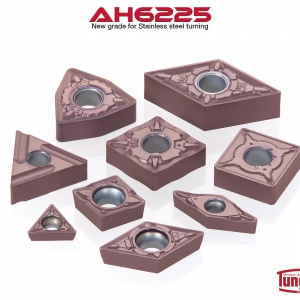


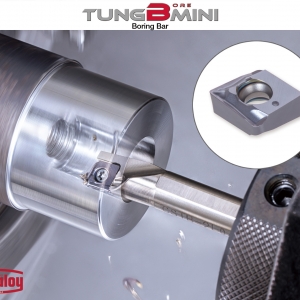
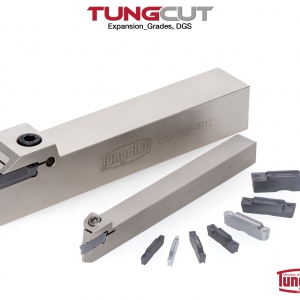
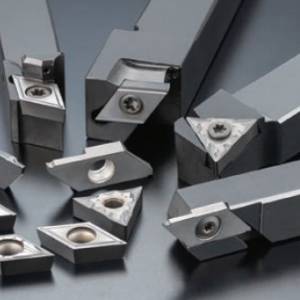
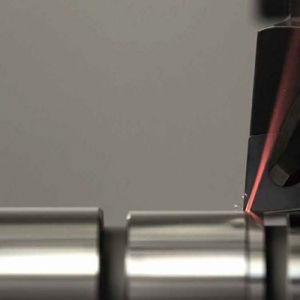
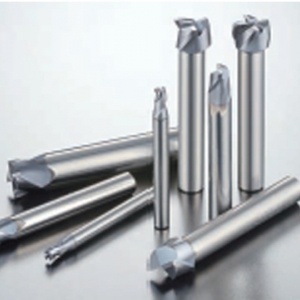

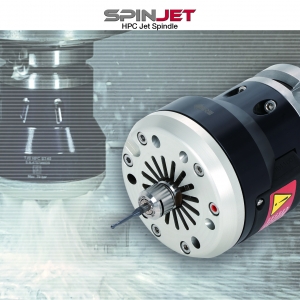
 PRODUCTS
PRODUCTS

